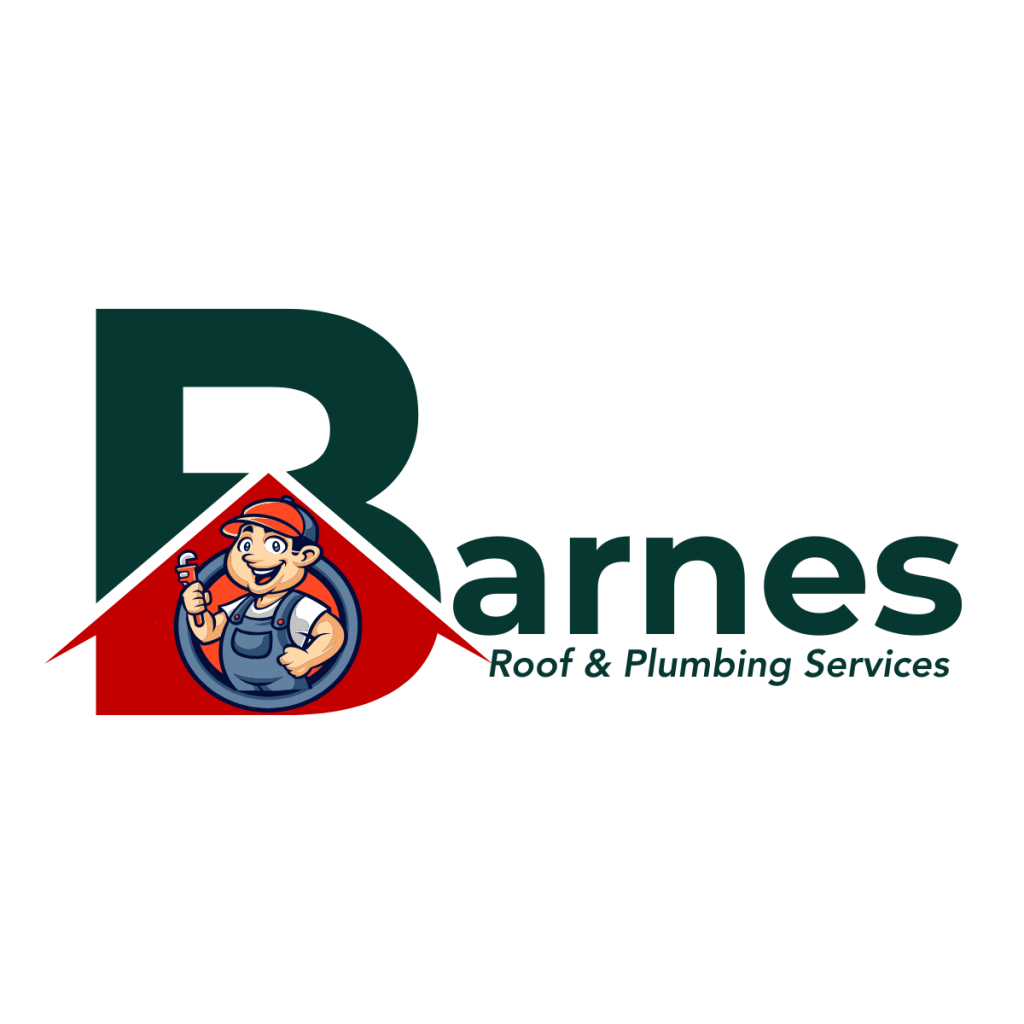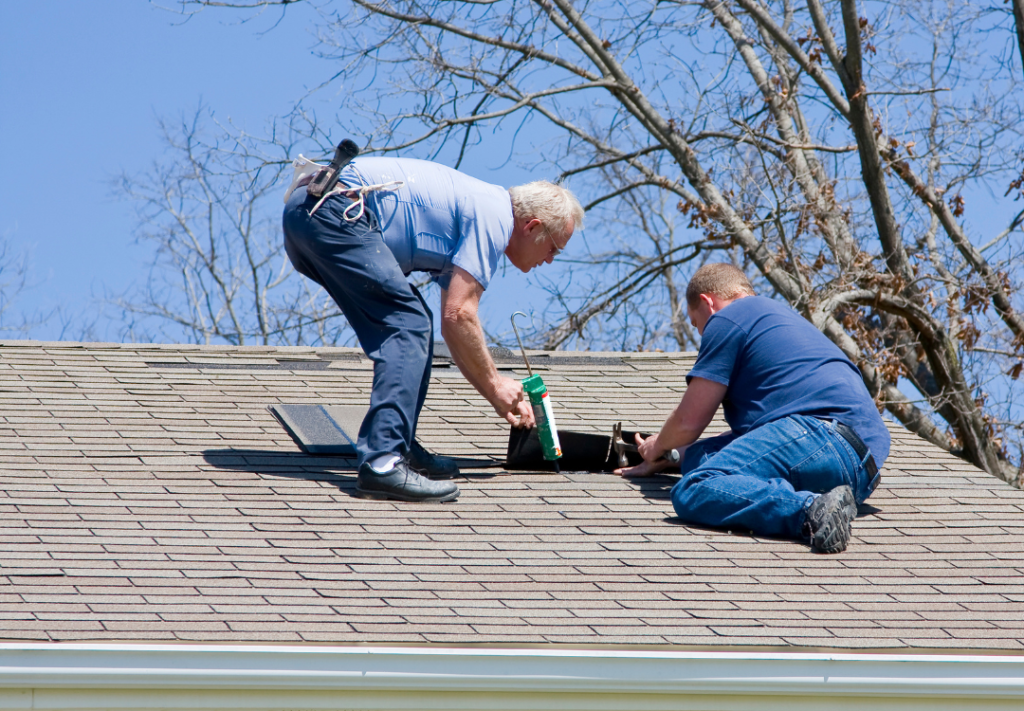Your roof is one of the most important parts of your home, protecting it from harsh weather and contributing to energy efficiency and curb appeal. When it’s time for a new roof, choosing the right roofing material can be overwhelming. With so many options available, how do you know which one is best for your home?
In this guide, we’ll explore the most common roofing materials, their advantages and disadvantages, and key factors to consider before making a decision. Whether you’re looking for durability, affordability, or aesthetics, this article will help you make an informed choice.
Factors to Consider When Choosing a Roofing Material
Before selecting a roofing material, consider the following:
Climate: Certain materials perform better in specific climates. For example, metal roofs are great for snowy regions, while clay tiles work well in hot, dry areas.
Durability: Some materials last longer than others. Asphalt shingles last about 20-30 years, while metal and slate can last 50+ years.
Maintenance: Some roofing materials require frequent upkeep, while others are low maintenance.
Cost: Consider both the upfront installation cost and long-term maintenance expenses.
Aesthetic Appeal: Choose a material that complements your home’s style and enhances curb appeal.
Energy Efficiency: Some roofing materials reflect heat better, reducing cooling costs.
1. Asphalt Shingles
Pros:
✔ Affordable and widely available
✔ Easy to install and repair
✔ Available in various colors and styles
✔ Decent lifespan (20-30 years)
Cons:
✖ Shorter lifespan compared to metal or tile roofs
✖ Can be damaged by strong winds and hail
✖ Less environmentally friendly since they contribute to landfill waste
Best For: Homeowners looking for a cost-effective and easy-to-maintain roofing option.
2. Metal Roofing
Pros:
✔ Extremely durable (lasts 40-70 years)
✔ Fire-resistant and excellent in harsh weather conditions
✔ Reflects heat, improving energy efficiency
✔ Lightweight, putting less strain on your home’s structure
Cons:
✖ Higher upfront cost
✖ Can be noisy during rain or hailstorms
✖ Can dent if struck by heavy objects like large hail
Best For: Homeowners in extreme weather regions or those looking for an energy-efficient and long-lasting solution.
3. Clay and Concrete Tiles
Pros:
✔ Extremely durable (50+ years)
✔ Resistant to fire, insects, and rot
✔ Great for hot climates as they reflect heat
✔ Adds a stylish, Mediterranean or Spanish aesthetic
Cons:
✖ Expensive compared to asphalt shingles
✖ Heavy, requiring additional roof reinforcement
✖ Prone to breakage if walked on incorrectly
Best For: Homeowners in warm climates looking for a stylish, long-lasting roofing material.
4. Slate Roofing
Pros:
✔ One of the longest-lasting materials (75-100+ years)
✔ Beautiful and elegant appearance
✔ Fire-resistant and environmentally friendly
✔ Requires minimal maintenance
Cons:
✖ Very expensive upfront cost
✖ Extremely heavy, requiring reinforced roof support
✖ Difficult and costly to repair if damaged
Best For: Homeowners looking for a high-end, long-term investment with minimal maintenance.
5. Wood Shingles and Shakes
Pros:
✔ Natural and attractive aesthetic
✔ Provides good insulation
✔ Long lifespan (30-50 years with proper maintenance)
Cons:
✖ High maintenance, requiring frequent sealing and treatment
✖ Prone to mold, rot, and insect infestations
✖ Fire risk unless treated with fire-resistant coatings
Best For: Homeowners who prioritize aesthetics and don’t mind regular maintenance.
6. Synthetic Roofing Materials (Composite, Rubber, and Plastic)
Pros:
✔ Designed to mimic wood, slate, or tile but with lower cost and maintenance
✔ Lightweight and durable
✔ Resistant to impact, fire, and UV rays
Cons:
✖ Some synthetic materials may fade over time
✖ Not as widely available as traditional materials
✖ Quality varies depending on manufacturer
Best For: Homeowners looking for a cost-effective, eco-friendly alternative to natural roofing materials.
How to Choose the Best Roofing Material for Your Home
To make the best choice, consider:
✅ Budget: Choose a material that fits within your financial plan, considering both installation and maintenance costs.
✅ Climate Compatibility: Opt for a material that can withstand your region’s weather conditions.
✅ Home Style: Select a roofing material that complements your home’s architectural design.
✅ Longevity & Maintenance: If you plan to stay in your home long-term, investing in a durable, low-maintenance option may be best.
Conclusion
Choosing the right roofing material is an important decision that affects your home’s protection, energy efficiency, and appearance. Whether you prefer the affordability of asphalt shingles, the longevity of metal, or the elegance of slate, each option has its benefits and drawbacks.
If you’re unsure which material is right for you, Barnes Roof & Plumbing Services can help! Our expert team provides professional roofing consultations and installations tailored to your needs. Contact us today for a free estimate!

